French brand Citroën is targeting growth outside of Europe with a bold plan to capture a share of the developing Indian and South American markets, starting with an affordable rugged supermini: the 'New C3'.
The brand is aiming for 30% of its sales to be outside of Europe by the middle of this decade and is ramping up its presence in high-growth markets. India, for example, is projected to become the third-largest automotive market in the world with four million car sales a year by 2025.
Citroen's New Citroen C3 has been especially designed with a focus on affordability, durability and agility, because it is destined for use primarily in regions with challenging road surface and traffic conditions, compared with what the urban-oriented C3 faces in Citroën's Europe home market.
Although it occupies a similar footprint to the C3 available here, at 3980mm long and with a wheelbase of 2540mm, it has been styled with influence from larger SUVs and, as a result, more closely resembles the C3 Aircross. Crucially, at just under four metres in overall length, the New C3 is eligible for a lower tax rate in India, where excise duty is calculated according to size.
With raised suspension and large-diameter 25in tyres giving 180mm of ground clearance, and short overhangs allowing for favourable approach and departure angles, the New C3 offers a higher driving position than its European counterpart and can avoid underbody damage on rough surfaces. The rugged styling is functional as well as aesthetic: Citroën noted that the pavements in South America are particularly high so took extra measures to protect the mechanicals.

The New C3 is the first of three 'C-Cubed' cars created specifically for developing markets and will have a tangible styling influence on its range-mates, which will adopt a similar rugged ethos.

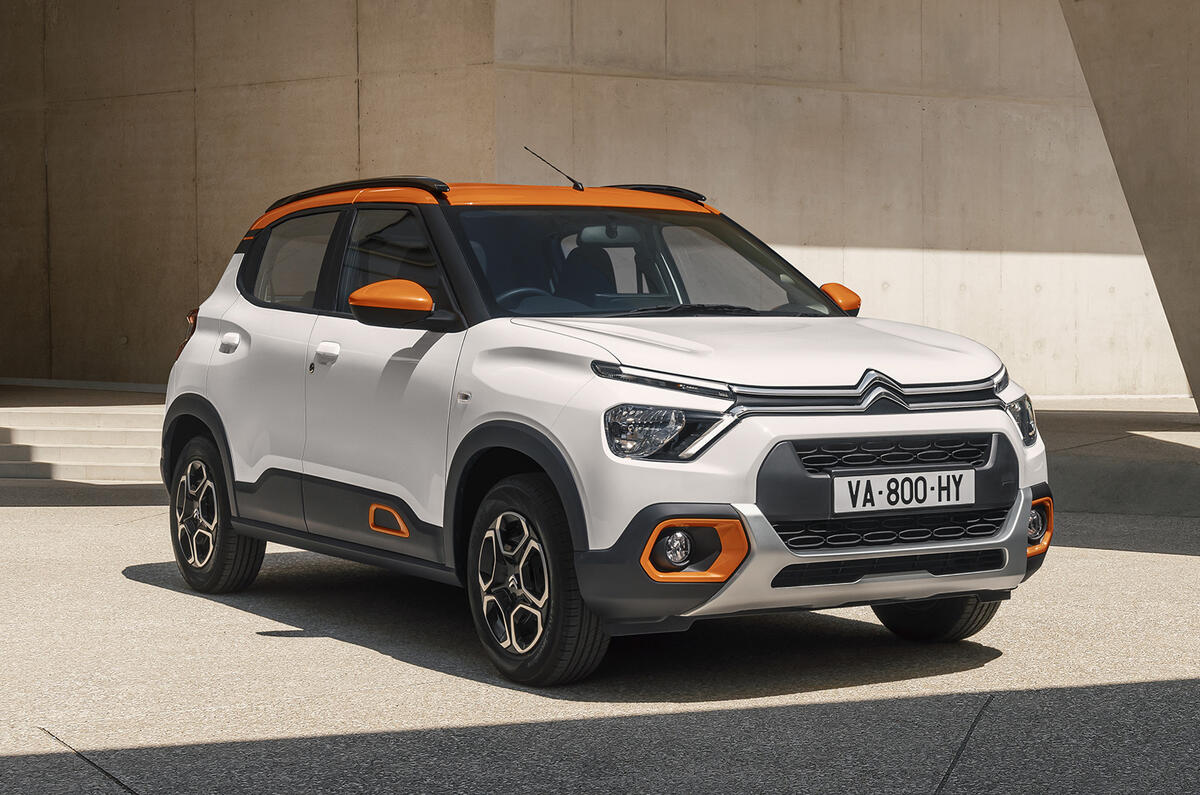
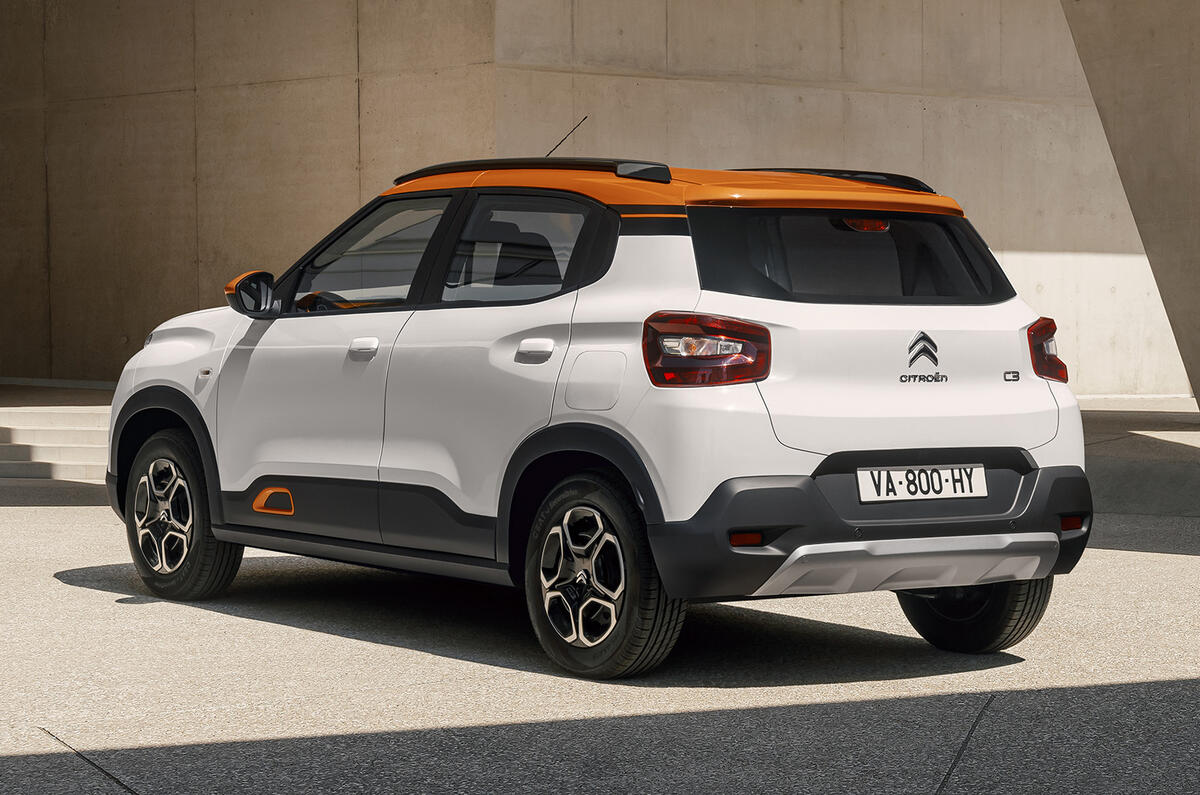
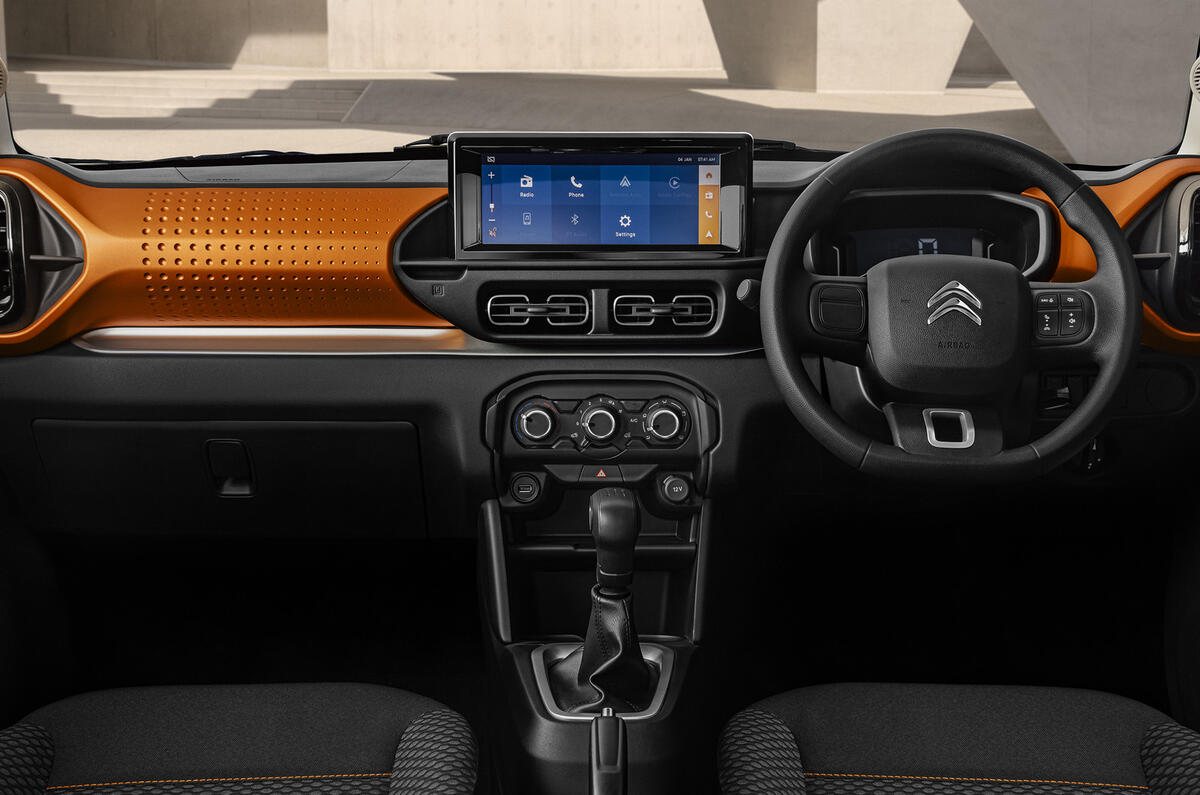
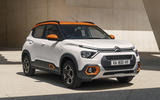

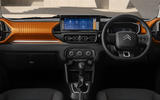








Join the debate
Add your comment
Start working from home! Great work for-Ever, Stay at Home Moms OR anyone needs an extra income. Get started. You only need a computer and a reliable computer connection so don’t get late try……. Fulwork.ml
I wonder if they sold it as the C2 here whether it might find a market. It would need the EV option that India isn't yet equipped for though.
Sounds suspiciously like Citroen can sell a car, that isn't that much different to what's sold over here, in other countries for a lot less than they price it here?
That along with selling fossil fuel cars on the cheap to countries with huge populations and thus destroy the planet even faster all sounds like Citroen are being a bit naughty.
But dodgy business practices and taking UK customers for mugs never harmed all the other manufacturers up to the same thing - VW goes from strength to strength, even after continuing to deny Dieselgate happened in UK courts (despite "coughing up" compensation in other countries).